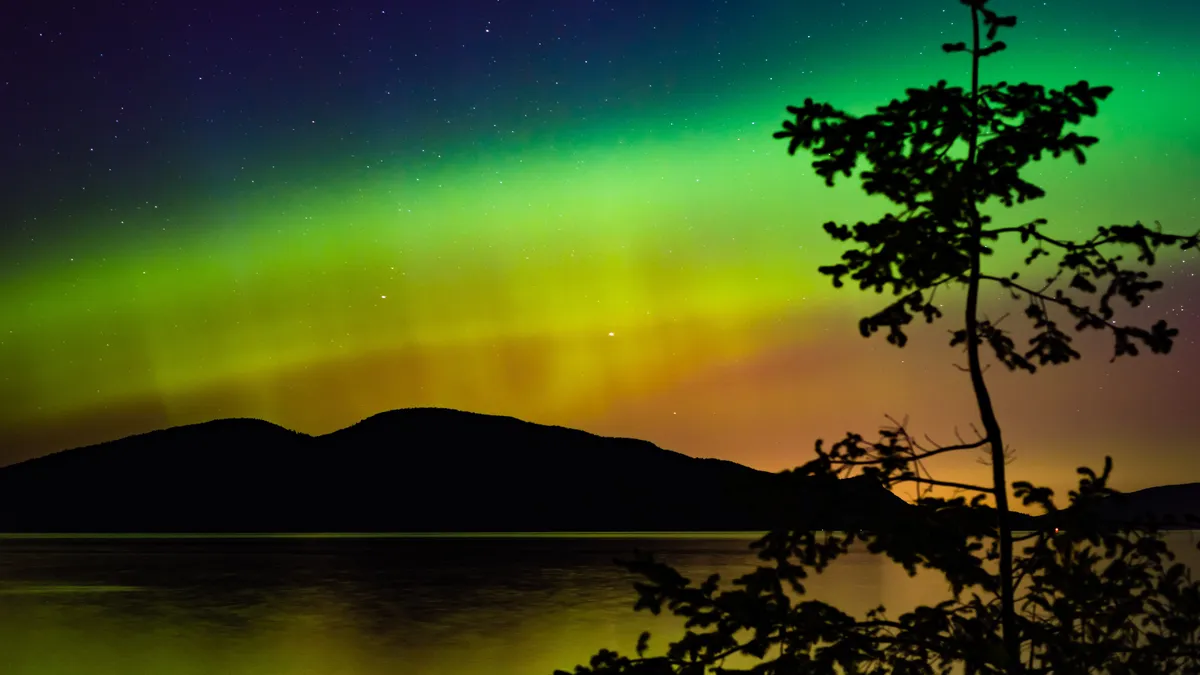
A recent coronal hole on the sun is unleashing a high-speed stream of charged particles, creating an exciting opportunity for stargazers across approximately 15 U.S. states to witness spectacular auroras tonight, June 25. According to the National Oceanic and Atmospheric Administration's (NOAA) Space Weather Prediction Center, the northern lights are expected to be most vibrant over Alaska and Canada, but they could also be visible in parts of the contiguous U.S.
The auroras may stretch across the northern and upper Midwest states, potentially reaching areas from New York to Idaho. Representatives from the Space Weather Prediction Center have indicated that if the skies cooperate, residents in these regions might be treated to an enchanting display of the northern lights this evening.
The anticipated auroral display tonight is a result of a coronal hole in the sun's atmosphere. These regions, characterized by their less-dense plasma, enable streams of charged particles, known as solar wind, to escape into space at remarkable speeds. When these high-speed streams interact with Earth's magnetic field, they can escalate geomagnetic activity, leading to the formation of stunning auroras.
The Space Weather Prediction Center is forecasting a moderate (G2) geomagnetic storm due to the influx of particles from the coronal hole. The geomagnetic storm scale ranges from G1 to G5, with G5 representing the most intense storms. While G2 storms are not uncommon, they are capable of producing remarkably vibrant auroras.
Additionally, the U.K.'s Met Office has predicted that minor to moderate (G1 to G2) geomagnetic storms may occur on Wednesday. However, they also cautioned that a more intense G3 storm cannot be dismissed.
Auroras are a captivating natural phenomenon caused by the interaction of charged particles from the sun with Earth's upper atmosphere. When these particles collide with oxygen and nitrogen molecules, they emit light in various colors, creating the breathtaking display we associate with the northern lights. According to NASA's Jet Propulsion Laboratory, oxygen produces the greens and reds seen in auroras, while nitrogen contributes blue and purple hues.
The auroras are expected to primarily form over Alaska and Canada, with the possibility of reaching the northern edge of the contiguous U.S. Interestingly, auroras do not need to be directly overhead to be visible; they can be seen from distances of up to 620 miles (1,000 kilometers) away, as noted by the Space Weather Prediction Center. For the best viewing experience, it is advisable to look for auroras just after sunset or just before sunrise. However, predicting their occurrence can be challenging, and there is no guarantee that residents in northern states will catch a glimpse of the lights.